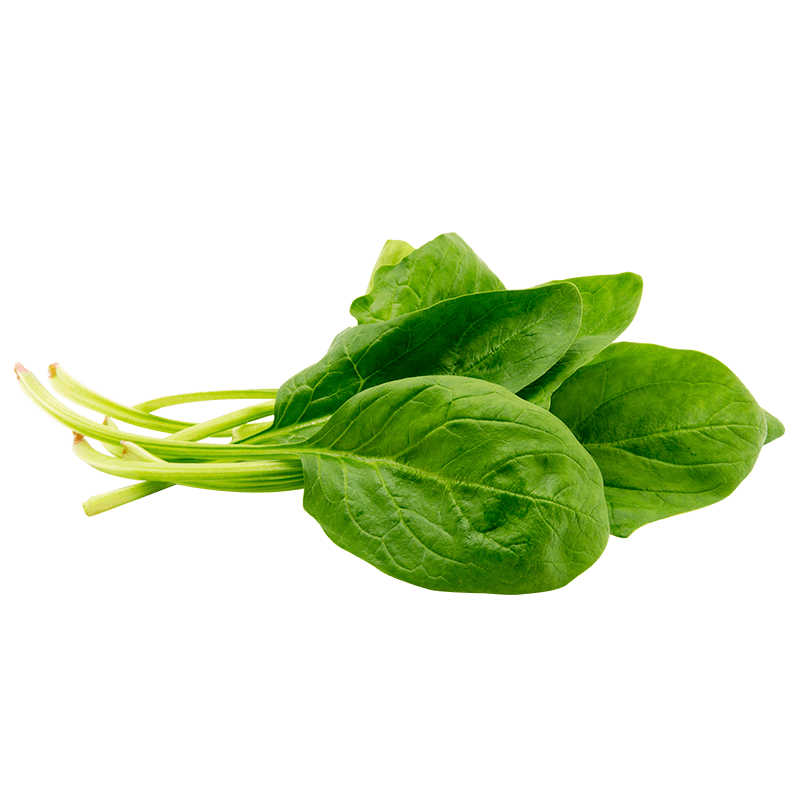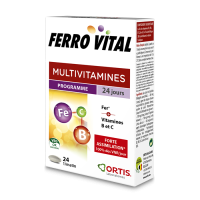
Spinach
Latin name
Origin
Used part
Active components
Vitamins (A, B9, C, E, K): essential nutrients.
Minerals (manganese, magnesium, iron, potassium): essential nutrients. C
arotenoids: antioxidants.
Flavonoids: antioxidants.
Usage
Bibliographical references
- Acute effect of a high nitrate diet on brain perfusion in older adults.
Presley TD, Morgan AR, Bechtold E, Clodfelter W, Dove RW, Jennings JM, Kraft RA, King SB, Laurienti PJ, Rejeski WJ, Burdette JH, Kim-Shapiro DB, Miller GD.
Nitric Oxide. 2011 Jan 1;24(1):34-42.
Pubmed: http://www.ncbi.nlm.nih.gov/pubmed/20951824 - Flavonoid-rich apples and nitrate-rich spinach augment nitric oxide status and improve endothelial function in healthy men and women: a randomized controlled trial.
Bondonno CP, Yang X, Croft KD, Considine MJ, Ward NC, Rich L, Puddey IB, Swinny E, Mubarak A, Hodgson JM.
Free Radic Biol Med. 2012 Jan 1;52(1):95-102.
Pubmed: http://www.ncbi.nlm.nih.gov/pubmed/22019438 - Impact of spinach consumption on DNA stability in peripheral lymphocytes and on biochemical blood parameters: results of a human intervention trial.
Moser B, Szekeres T, Bieglmayer C, Wagner KH, Mišík M, Kundi M, Zakerska O, Nersesyan A, Kager N, Zahrl J, Hoelzl C, Ehrlich V, Knasmueller S.
Eur J Nutr. 2011 Oct;50(7):587-94.
Pubmed: http://www.ncbi.nlm.nih.gov/pubmed/21384253 - Effect of Spinacia oleraceae L. and Perilla frutescens L. on antioxidants and lipid peroxidation in an intervention study in healthy individuals.
Schirrmacher G, Skurk T, Hauner H, Grassmann J.
Plant Foods Hum Nutr. 2010 Mar;65(1):71-6.
Pubmed: http://www.ncbi.nlm.nih.gov/pubmed/20052549 - Green vegetables, red meat and colon cancer: chlorophyll prevents the cytotoxic and hyperproliferative effects of haem in rat colon.
de Vogel J, Jonker-Termont DS, van Lieshout EM, Katan MB, van der Meer R.
Carcinogenesis. 2005 Feb;26(2):387-93.
Pubmed: http://www.ncbi.nlm.nih.gov/pubmed/15550456 - Composition, efficacy, and safety of spinach extracts.
Lomnitski L, Bergman M, Nyska A, Ben-Shaul V, Grossman S.
Nutr Cancer. 2003;46(2):222-31.
Pubmed: http://www.ncbi.nlm.nih.gov/pubmed/14690799 - Antioxidant and antiproliferative activities of common vegetables.
Chu YF, Sun J, Wu X, Liu RH.
J Agric Food Chem. 2002 Nov 6;50(23):6910-6.
Pubmed: http://www.ncbi.nlm.nih.gov/pubmed/12405796 - A prospective study of carotenoid intake and risk of cataract extraction in US men.
Brown L, Rimm EB, Seddon JM, Giovannucci EL, Chasan-Taber L, Spiegelman D, Willett WC, Hankinson SE.
Am J Clin Nutr. 1999 Oct;70(4):517-24.
Pubmed: http://www.ncbi.nlm.nih.gov/pubmed/10500021
The health claims that feature on our website in relation to the plants contained in our products are compliant with the list of health claims awaiting final assessment by the Community authorities (cf. website of the European Commission: http://ec.europa.eu/nuhclaims/). However, they may be subject to modification following their assessment by the national competent authorities.
The health claims relating to other nutrients or substances contained in our products that feature on our site are compliant with Regulation No. 432/2012 of the Commission of 16 May 2012 which establishes a list of authorised health claims authorised in relation to food products, other than those in reference to the reduction of the risk of disease as well as community-based development and child health (cf. website of the European Commission: http://ec.europa.eu/nuhclaims/).
 Belgium
Belgium
 Belgique
Belgique  België
België  France
France  Italia
Italia  Portugal
Portugal  España
España  United Kingdom
United Kingdom  Κύπρος
Κύπρος 

